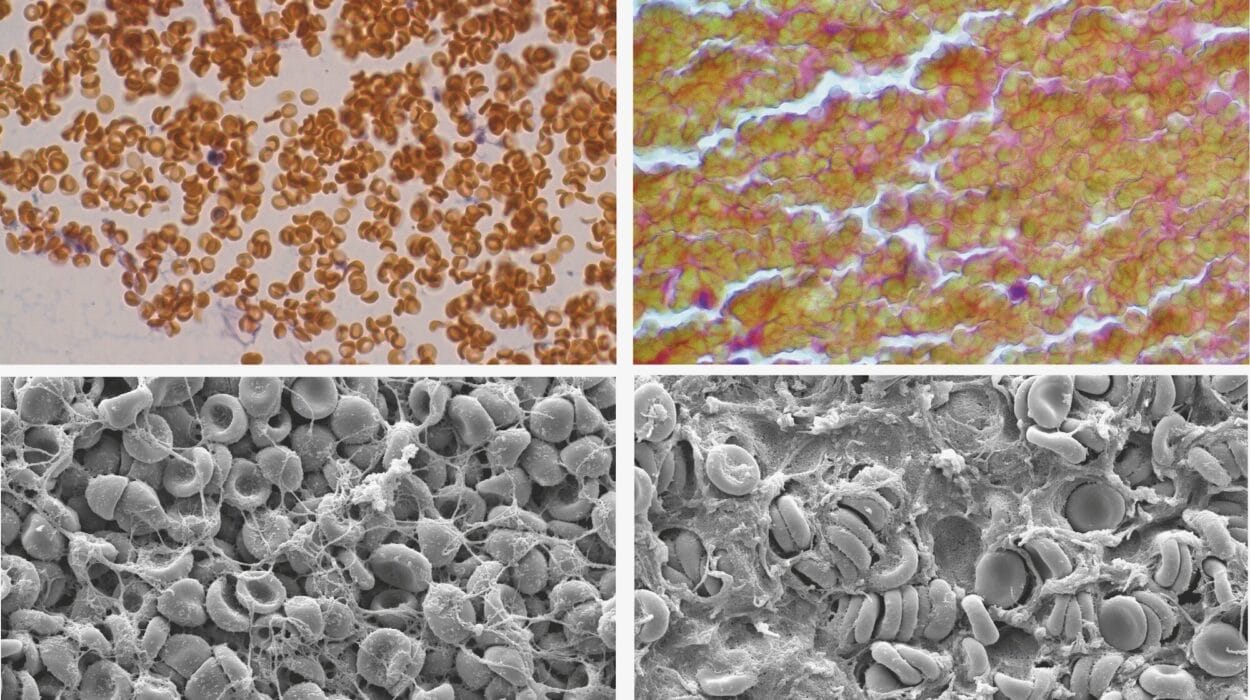In the quiet, sterile hum of a laboratory at Waipapa Taumata Rau, University of Auckland, a small freshwater fish is changing how we understand the immune system—and the secret weapon, it turns out, might be as simple as a sunrise.
A breakthrough study by a team of molecular medicine researchers has illuminated a fascinating truth: natural daylight, the kind spilling through your windows each morning, can dramatically boost your immune system’s ability to fight infection. And the key players in this light-driven defense system? Neutrophils—the most abundant, yet often overlooked, white blood cells in the human body.
Meet the Neutrophils: First Responders of the Immune World
Neutrophils are the immune system’s first boots on the ground. These specialized cells make up nearly 60% of your white blood cell count and are the rapid-response force that races through the bloodstream to sites of infection or injury. Like tiny warriors, they engulf and destroy bacteria within minutes of arrival, often dying in the process.
“Neutrophils are incredibly efficient but short-lived,” says Associate Professor Christopher Hall, lead researcher from the Department of Molecular Medicine and Pathology. “Their response time is critical. What we’ve found is that their efficiency and speed are not fixed—but actually vary depending on the time of day.”
This phenomenon wasn’t entirely unexpected. Prior studies had hinted that the immune system has a daily rhythm, peaking in effectiveness during certain hours. But until now, the mechanisms behind this rhythm remained elusive.
Zebrafish and the Dance of Light
To unlock these secrets, Hall’s team turned to an unlikely hero: the zebrafish. These tiny, stripy creatures have become the darlings of biological research. Their transparent embryos allow scientists to literally watch life unfold under a microscope. More importantly, zebrafish share a surprisingly large number of genes with humans—including those involved in immune function.
“In earlier experiments, we noticed that immune responses in zebrafish seemed stronger in the early part of the day,” Hall explains. “This suggested a link between light exposure and immune readiness, something that could have deep evolutionary roots.”
Zebrafish, like humans, are diurnal—they’re active during the day and rest at night. Evolution may have tuned their immune systems to peak during daylight hours, when the risk of encountering pathogens in the environment is highest.
But what connects light in the environment to immune action in the bloodstream? That’s where the science gets exciting.
Neutrophils with a Clock of Their Own
In their latest study, published in Science Immunology, Hall’s team discovered that neutrophils are equipped with a built-in circadian clock—a molecular timekeeper that helps them track the day-night cycle. These clocks don’t just tell time. They alter cell behavior in powerful ways.
By synchronizing their internal clocks with daylight signals, neutrophils become more aggressive in fighting infections during the day. Using genetically modified zebrafish with fluorescent neutrophils, the researchers tracked how these cells behaved under different lighting conditions.
What they found was remarkable: neutrophils exposed to daylight conditions were significantly more effective at moving toward sites of infection and killing bacteria. In contrast, neutrophils kept in darkness moved sluggishly and responded with less intensity.
The neutrophils, it turns out, aren’t just blindly following orders from the body. They are aware of the time of day and adjust their behavior accordingly.
Why Circadian Clocks Matter
Nearly every cell in the human body contains a circadian clock—an internal rhythm that responds to cues like light, temperature, and feeding times. These clocks regulate sleep, metabolism, hormone release, and now, according to this new research, immune function.
Circadian disruption—common in shift workers, frequent travelers, and people with irregular sleep schedules—has long been linked to poor health outcomes, from obesity to cancer. This study adds another layer to the story: disrupted circadian rhythms might also make the immune system slower and less efficient.
“Understanding the link between light, circadian rhythms, and immune cell function opens up a completely new area for therapeutic development,” says Hall. “If we can manipulate the circadian clock within neutrophils, we could enhance their infection-fighting capacity.”
Implications for Medicine and Health
The clinical potential of this discovery is vast. One of the most promising avenues is the development of drugs that “reset” the neutrophil clock—timing their peak activity to coincide with when patients are most vulnerable to infection, such as after surgery or during chemotherapy.
But there’s also a more immediate, natural takeaway: exposure to natural light may help maintain optimal immune function. This adds weight to existing advice about the importance of regular sleep and sunlight exposure—not just for mental well-being, but for physical defense.
Moreover, this insight could help explain the daily rhythms of many diseases. For instance, sepsis—the body’s extreme response to infection—has long been known to vary in severity depending on the time of day. This new understanding may help explain why.
The study also opens a window into autoimmune and inflammatory diseases, where neutrophils go rogue and attack healthy tissue. If we can better understand how their internal clocks tick, we might find ways to temper their activity during flare-ups.
The Light Within
In a way, the discovery is beautifully poetic. Light—the source of life on Earth—doesn’t just power plants and warm our skin. It tunes the very cells in our bodies to fight for us. And neutrophils, long regarded as mere foot soldiers, turn out to be time-savvy guardians, patrolling our systems with a clock in hand.
The study continues. Researchers at the University of Auckland are now drilling deeper into how light resets the neutrophil circadian clock. Is it driven through hormonal signals like melatonin and cortisol? Or are there direct pathways linking retinal light perception to immune programming?
Future investigations will also test whether similar mechanisms are at play in humans and whether targeted light therapy could be used to enhance immune function in hospitalized patients or those with chronic illness.
Illuminating the Future
In a world still grappling with pandemics, superbugs, and antibiotic resistance, boosting the natural power of the immune system has never felt more urgent. This research, by uncovering a simple but powerful biological truth, reminds us that some of the best medicine may come not from a pill bottle—but from the rising sun.
As Associate Professor Hall puts it: “We evolved under the rhythm of day and night. Our immune system did too. Maybe it’s time we start listening to the light.”
Reference: Lucia Du et al, A light-regulated circadian timer optimizes neutrophil bactericidal activity to boost daytime immunity, Science Immunology (2025). DOI: 10.1126/sciimmunol.adn3080. www.science.org/doi/10.1126/sciimmunol.adn3080






